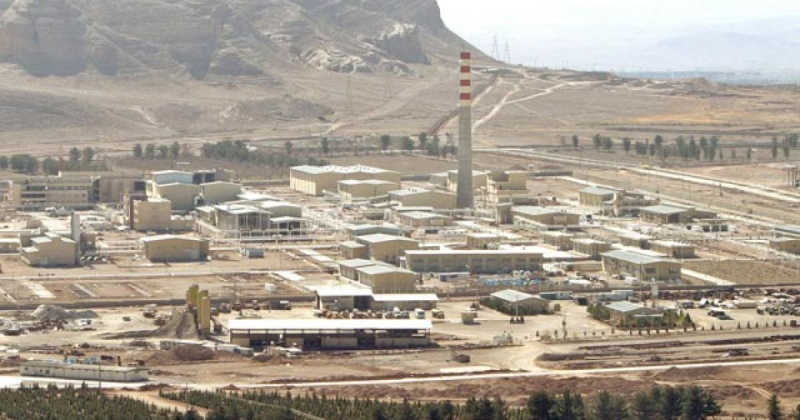Isfahan is home to 60% of Iran's uranium, but the US has failed to destroy it.

The United States did not use bunker-busting bombs against the nuclear facility in Iran's Isfahan because it was too deep.
This was stated during a closed briefing by Chairman of the Joint Chiefs of Staff General Dan Kaine, CNN reports, citing several senators present.
The Isfahan facility is considered a key part of Iran’s nuclear infrastructure – US intelligence estimates that it is where nearly 60% of the country’s enriched uranium is stored. But instead of launching an airstrike on the deeply buried tunnels, the US limited itself to launching Tomahawk cruise missiles from a submarine. The Fordow and Natanz facilities were attacked by B-2 aircraft, which dropped more than a dozen bombs designed to destroy the bunkers.
Some Iranian facilities are located so deep that the United States “will never be able to get to them,” according to Democratic Senator Chris Murphy.
Lawmakers who attended the briefing were divided on the effectiveness of the operation, with Republicans saying destroying the uranium was not part of the mission.
“The purpose of the mission was to eliminate certain aspects of their nuclear program. They were eliminated. Getting rid of nuclear material was not part of the mission,” said Congressman Greg Murphy.
“Here's where we are: The program has been destroyed at those three sites. But they still have ambitions. I don't know where the 900 pounds of highly enriched uranium is. But it was not among the targets there,” Lindsey Graham noted.
Despite claims of success, satellite images suggest Iran may have prepared for an attack. According to nuclear security expert and professor at the Middlebury Institute of International Studies Jeffrey Lewis, images from June 26 show activity near one of the tunnel entrances in Isfahan. In particular, vehicle activity was recorded, and by the morning of June 27, one of the entrances was cleared of obstacles.
The U.S. Defense Intelligence Agency (DIA) said in its preliminary assessment that the strikes caused moderate to severe damage to above-ground facilities in Fordow, Natanz and Isfahan.
“These strikes have caused significant damage to these three sites. But Iran still has the knowledge to rebuild the nuclear program. And if they still have that enriched material, and if they still have the centrifuges, and if they still have the ability to move those centrifuges very quickly into what we call a cascade, we have not set this program back by years. We have set it back by months,” Chris Murphy said.
US strike on Iranian nuclear facilities
As CNN reported earlier, citing an internal US intelligence report, the strikes on sites in Fordow, Natanz and Isfahan did cause material damage, but did not result in “total destruction,” as President Donald Trump had previously stated. Trump himself called the report “very unconvincing” and called for the firing of CNN journalist Natasha Bertrand.
In turn, Director of National Intelligence Tulsi Gabbard wrote on X (Twitter) that there is allegedly “new evidence” confirming the complete destruction of Iranian facilities.
“The propaganda media have resorted to their usual tactics: selectively publishing portions of illicitly obtained classified intelligence assessments,” Gabbard said, noting that the leak was intended to “undermine Trump's leadership.”
At the same time, European intelligence services do not share the optimism. According to them, Iran may have moved some of its highly enriched uranium stockpiles to safer locations in advance, and these stockpiles “probably remain largely intact.”
Tehran also confirmed that some facilities were damaged.
It is worth noting that on Thursday, US Defense Secretary Pete Gegset reacted emotionally to a question from Fox News journalist Jennifer Griffin about Iran during a press conference.

